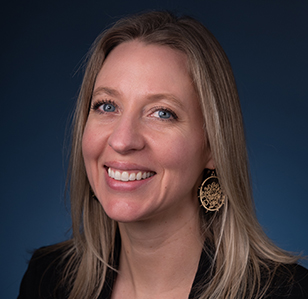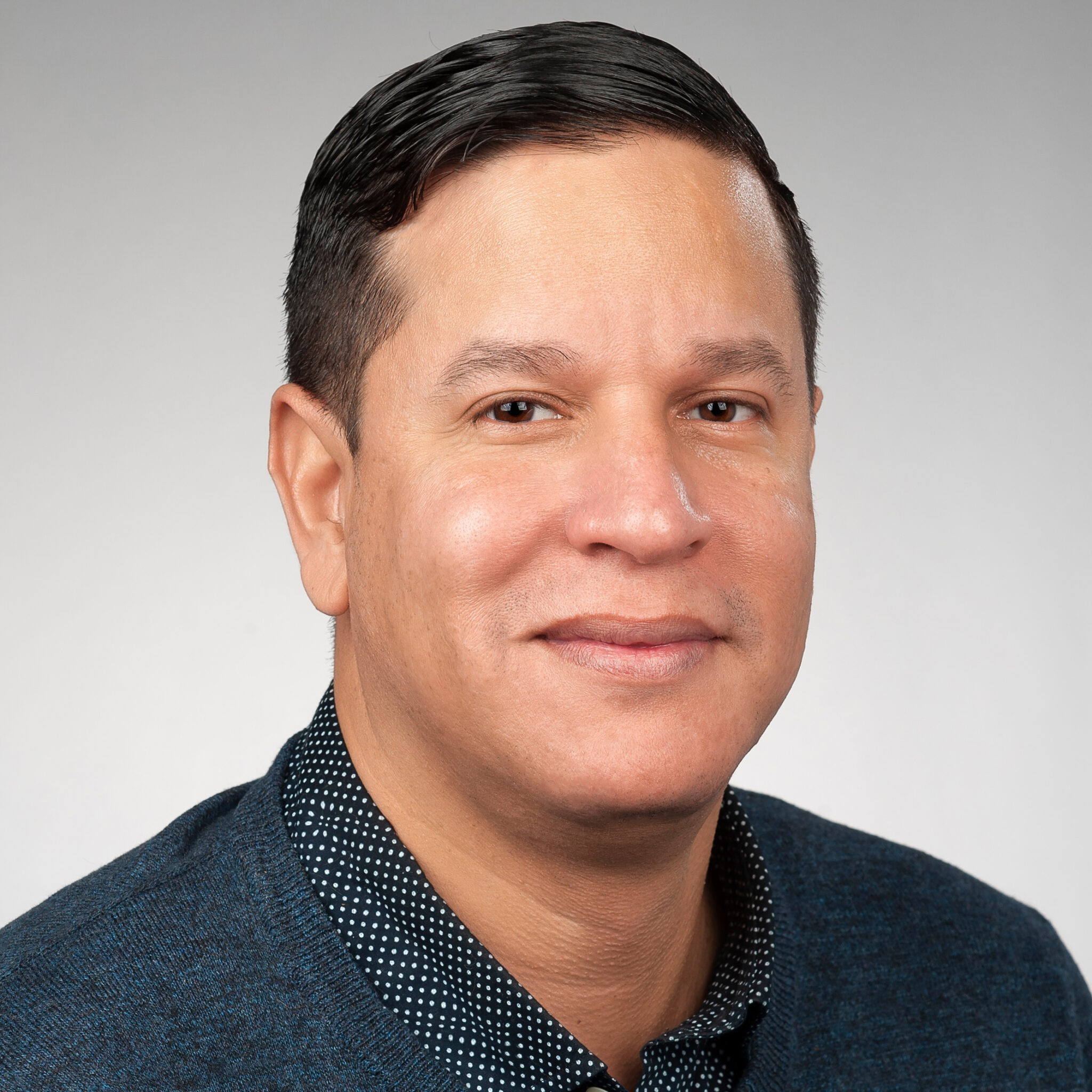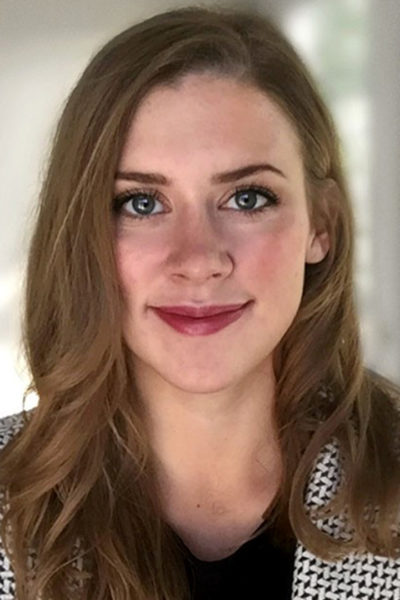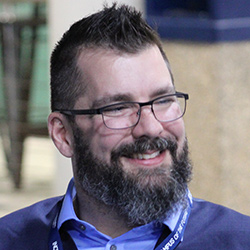Newhouse Recognizes Inaugural Emerging Technologies Faculty Fellowship Recipients
A new fellowship program recognizes Newhouse School faculty seeking to incorporate emerging technologies into the curriculum and empower students to use tools such as generative artificial intelligence in productive but responsible ways.
The Newhouse Emerging Technologies Faculty Fellowship program is an extension of the school’s longstanding commitment to develop student excellence and advance faculty expertise in technology-driven communications tools and practices. Similarly, a key pillar of the Newhouse academic strategic plan involves expanding proficiency in advanced and emerging media.
The fellowship program includes a $1,000 stipend to the awardee to accomplish goals. The recipient will present their work to Newhouse colleagues at a workshop during the 2024-25 academic year.
The inaugural group of four Newhouse Emerging Technologies Faculty Fellowship recipients is listed below, plus summaries of each proposal.
Rebecca Ortiz
Associate Professor, Advertising

Embracing AI tools is essential for students to succeed in advertising and related fields after graduation. However, students must also understand AI limitations and biases. In fall 2024 advertising research courses, Ortiz will integrate an assignment where students will use an AI tool of their choice to conduct research on a given topic. They will fact-check and assess the biases in the AI-generated information and report findings. The main goals are for students to learn how to use AI effectively for advertising research purposes and develop critical analysis skills for evaluating AI-generated information.
Milton Santiago
Assistant Professor, Visual Communications

Designed in fall 2023 and taught for the first time in spring 2024, the AI in Filmmaking course was the first course offered at Newhouse that explored how generative AI tools could be leveraged to creatively produce scripts, images, sound and video for film concept trailers. Nine students participated in this five-week, one credit, practical hands-on course, generating three two-minute film trailers for projects that were brainstormed and created through “platform-hopping” several visual generative AI services.
This year, plans call for the release of at least three AI video generation platforms that will further expand and redefine what is possible in the visual communications front of content creation. The goal is to expand the AI in Filmmaking class to a three-credit course that would be offered in the spring and delve deeper into the toolsets, explore ethical questions in this space and guide students through the creation of longer projects like a short film or music video. Fellowship funding will allow Santiago to stay up to date on the latest services while building out course objectives and assignments/exercises.
Erika Schneider
Assistant Professor, Public Relations

The NextGen AI PR series involves developing a weekly workshop or activity for a public relations writing course that focuses on the intersection of artificial intelligence and PR. The series involves introducing students to generative AI and teaching them skills and strategies to effectively use the tools available in PR writing, such as ChatGPT-4o and other platforms shared by colleagues during Newhouse’s AI/Emerging Media Day workshops hosted last spring.
Within my discipline, AI can be used to create efficiency, and speed is valued in this deadline-driven profession. The series will provide students guidance on how to use the tools ethically, such as by identifying the consequences of simply copying and pasting outputs, and exploring how these affordances can significantly enhance a PR professional’s capabilities. This, in turn, will help make them top-performing job candidates who can leverage cutting-edge technology to meet the fast-paced demands of the public relations industry.
Jason Webb
Assistant Professor, Visual Communications

For visual communications, there are two areas of focus for fall 2024: generative AI and motion. Projects in each area will be designed and incorporated into the upper-level Motion Design class. In the realm of generative AI, students can develop and edit 2D and 3D assets for multiple projects throughout the semester. For motion AI, students will use motion tracking through AI software to animate characters they create in Adobe Animator, Blender and Unreal Engine.